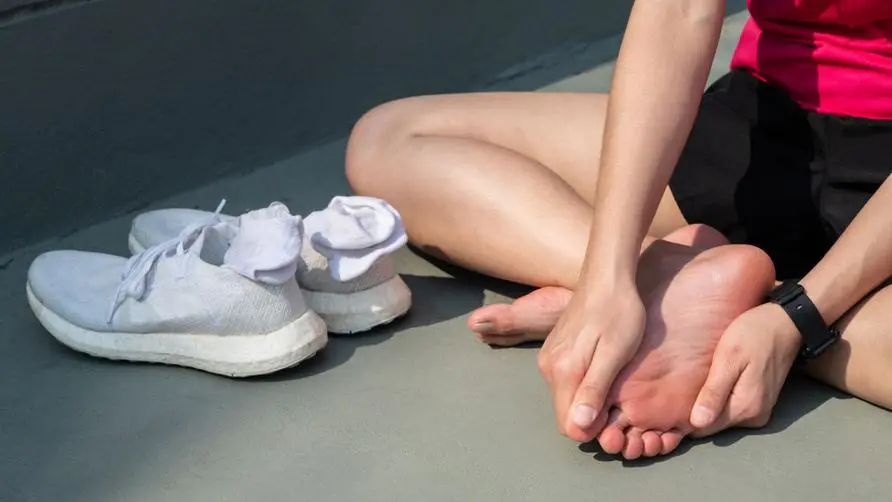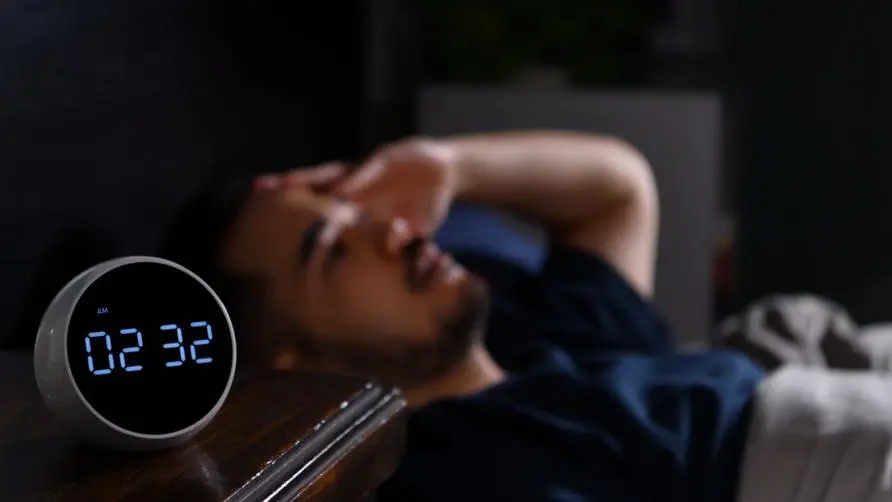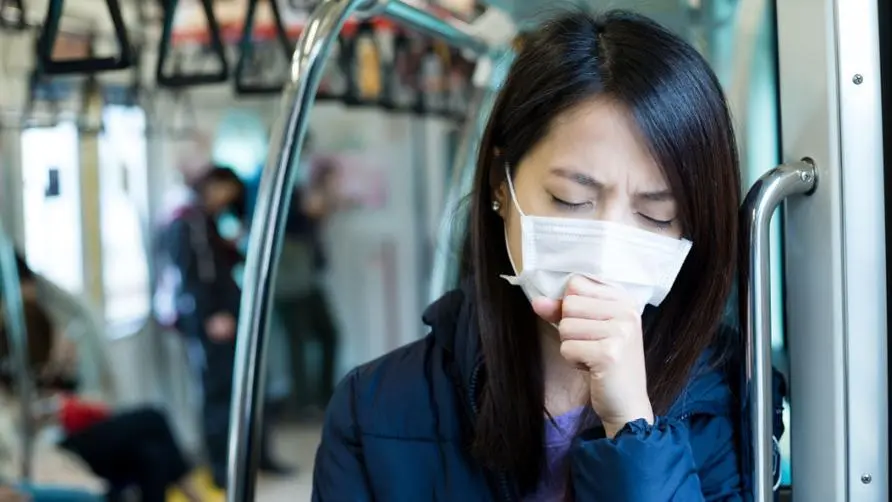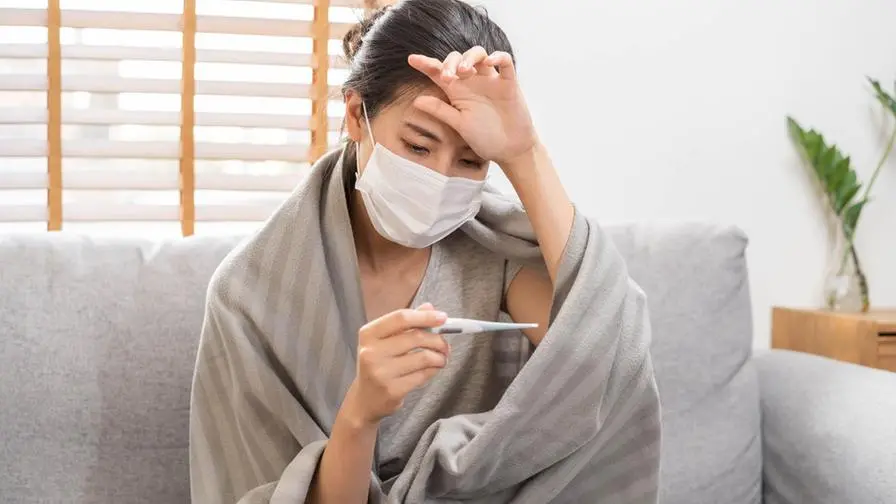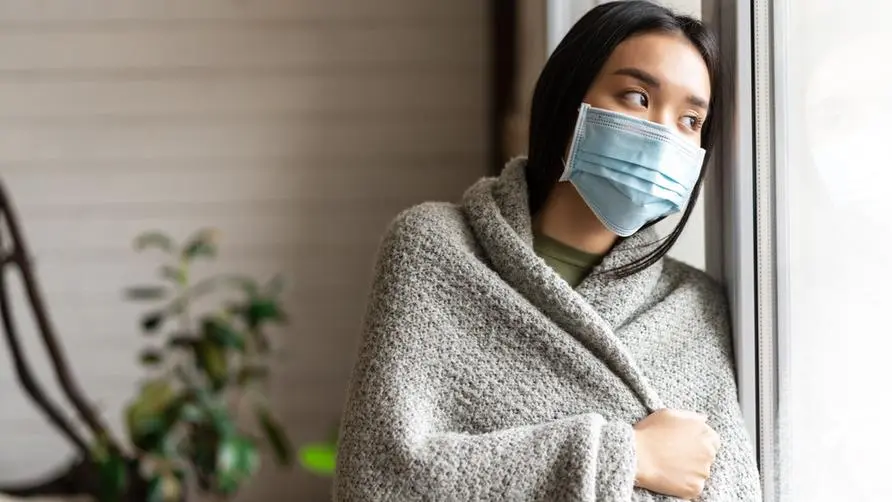What is "hMPV virus"? Are people under 5 years old more susceptible to infection? Understand the symptoms, treatment and prevention methods at once

Although the COVID-19 epidemic has come to an end, the subsequent influenza virus and respiratory syncytial virus (RSV) infections have also affected the lives of many people. Nowadays, the “human metapneumonia virus (hMPV)” that has recently been transmitted in the community has a tendency for infected people to surpass the “child killer” RSV virus? What are the symptoms of hMPV virus that need to be paid attention to?
What is human metapneumovirus? Even if you wear a mask, is there still a chance of getting infected?
According to information published by the Taiwan Ministry of Health and Welfare and the Department of Pediatric Infectious Diseases of Chang Gung Memorial Children’s Hospital, the hMPV virus was first discovered by Dutch scholars in 2001. The clinical manifestations are similar to the RSV virus, which may cause upper respiratory tract or lower respiratory tract infection, and is prone to serious infections in infants, young children, people with low immunity or patients with chronic diseases. Cough and nasal congestion are the more common clinical symptoms.
Guidelines published by the U.S. Centers for Disease Control and Prevention (CDC) indicate that symptoms commonly associated with hMPV include cough, fever, nasal congestion, and shortness of breath. Complications may develop into bronchitis, pneumonia or bronchiolitis, similar to other viruses that cause upper or lower respiratory tract infections. The estimated incubation period is 3-6 days, and the average duration of illness may vary depending on severity.
The U.S. CDC states that the hMPV virus is most likely to be transmitted from an infected person to others through the following means:
Secretions produced by coughing and sneezing (such as saliva, phlegm, etc.).
Close personal contact, such as a hug, handshake, or kiss.
Touch an object or surface that has the virus on it (such as doorknobs, tabletops, etc.), and then touch your mouth, nose, or eyes.
It is worth noting that even though wearing a mask can help prevent droplet infection of the hMPV virus, the protective power of the mask is limited because contact with an infected person may still be contagious. The U.S. CDC also pointed out that hMPV is most likely to occur from winter to spring, and even the entire spring is an epidemic period. hMPV, RSV, and influenza can circulate simultaneously during the respiratory virus season.
If you have children under 5 years old at home, please be careful! Immunocompromised patients with hMPV may have serious complications
Guidelines from the American Lung Association state that the hMPV virus usually causes symptoms similar to those of a common cold, lasting about 2-5 days and then disappearing on its own. Children, people with weakened immune systems, and the elderly are prone to complications from hMPV infection. Most children infected with hMPV are 5 years old or younger, and a small number of infected children (5-16%) will develop lower respiratory tract infections such as pneumonia.
The American Lung Association emphasizes that while having a history of asthma, chronic obstructive pulmonary disease (COPD), pulmonary emphysema, or any other lung disease does not make a person more susceptible to hMPV infection, hMPV may Symptoms of the disease are more severe. The same is true for people with weakened immune systems, including those after chemotherapy or an organ transplant.
The American Lung Association notes that most people with hMPV have mild cold-like upper respiratory symptoms, including cough, runny or stuffy nose, sore throat, or fever. In severe cases, hyperpnea, difficulty breathing, or asthma attacks may occur, and secondary lower respiratory tract infections may lead to an increased prevalence of bronchiolitis, bronchitis, or pneumonia.
How to avoid infection with hMPV virus? US CDC reveals 3 major prevention methods
The American Lung Association explains that if you experience mild symptoms of hMPV, you should choose whether to seek medical treatment depending on your condition. However, if symptoms worsen, such as shortness of breath, severe coughing, or wheezing, seek medical attention immediately. To further diagnose whether hMPV is the source of respiratory infection, doctors may order laboratory tests or perform a “bronchoscopy” in which a probe is inserted deep into the lungs and a fluid sample is taken out to detect the virus.
Since hMPV usually resolves on its own, the main goal of treatment is to “relieve symptoms.” The American Lung Association notes that physicians often prescribe over-the-counter medications to control pain and fever (such as acetaminophen or ibuprofen), as well as decongestants to enhance symptom relief. People with severe wheezing and coughing may need temporary inhalers, including inhaled corticosteroids. Your doctor may also recommend stronger oral medications such as Prednisone to suppress respiratory symptoms.
As for how to prevent hMPV virus? The American Lung Association emphasizes that because hMPV can be spread through contact, the best way to prevent infection is to avoid contact with infected people and wash hands frequently. If you think you are infected, cover your cough to keep others safe, avoid touching and sharing potentially infected items and wash your hands thoroughly.
In addition, people with chronic lung diseases such as COPD, asthma, and pulmonary fibrosis should actively take preventive measures to prevent infection with hMPV, influenza, and other infectious diseases. In addition, this group should be vaccinated to prevent serious complications. The U.S. CDC added that although there is currently no vaccine to prevent hMPV, people can prevent the invasion of hMPV or other respiratory viruses by taking the following steps:
Wash your hands often with soap and water for at least 20 seconds.
Avoid touching the patient’s mouth, nose or eyes with unwashed hands.
Avoid close contact with sick people.
As for patients with cold symptoms, they should cover their mouth and nose when coughing and sneezing, wash hands frequently and properly for 20 seconds, avoid sharing tableware with others and avoid close interactions (such as kissing and hugging) with others, and take appropriate measures during the illness. Isolation measures to prevent transmission to relatives and friends. If the symptoms become more severe, the public is advised to seek medical treatment immediately and take medication as early as possible to relieve the symptoms.
Source:
Key Facts About Influenza (Flu) - CDC
Human Metapneumovirus (HMPV) - CDC
Further reading:
